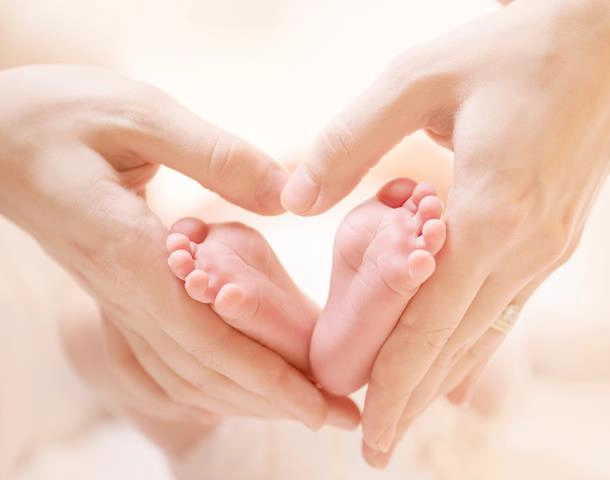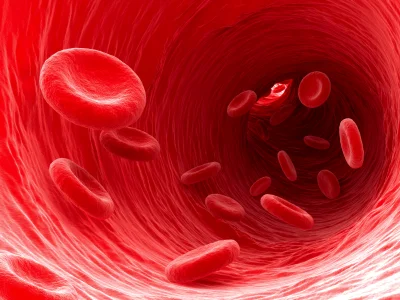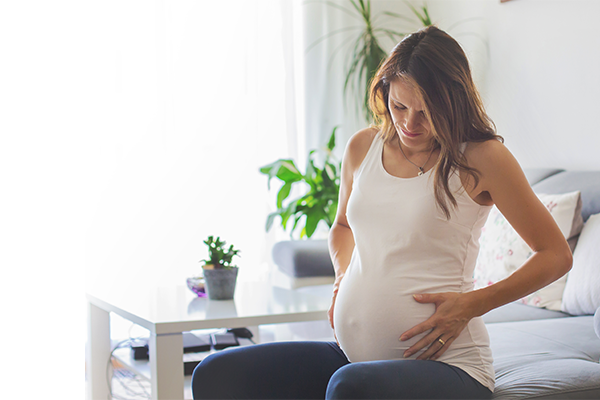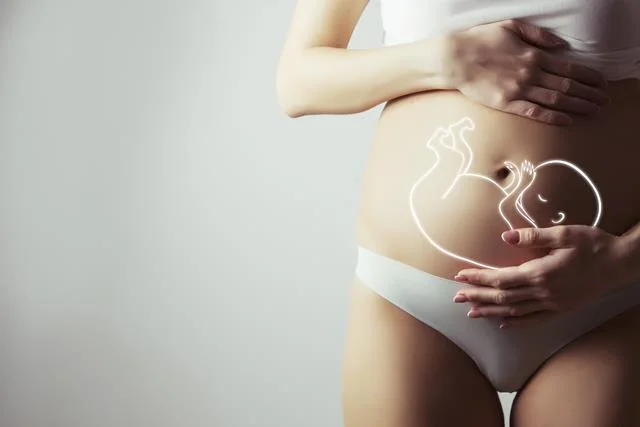Labour pain, unlike other sources of pain, is not an indication of illness but is part of the physiological process of giving birth to a child. People try to compare it to many things, but most women in labour find that it cannot be compared to anything else. How do you recognise labour pain and how long does it last?
Cramps beforehand
A pregnant woman usually begins to feel her pre-pregnancy contractions around the 20th week of pregnancy. In the literature, a distinction is made between Alvarez contractions and Braxton-Hicks contractions. They differ in the intensity of the pain experienced. Alvarez contractions are sometimes so light that not all women feel them. Braxton Hicks contractions, on the other hand, can be characterised by a hardening of the abdomen, among other things.
Pre-pregnancy contractions can manifest as pain in the lumbosacral region. Around the 38th week of pregnancy, the contractions that occur are stronger and increasingly resemble labour pains. However, they subside spontaneously after about 2 hours or after taking a diastolic medication.
How do you recognise contractions?
The contractions of the uterus differ from the contractions before birth in terms of their frequency and the intensity of the pain. They are much stronger and more frequent. They do not subside after a certain time or after taking diastolic medication. They become stronger as the labour progresses. A contraction usually lasts 70 seconds. In the first stage of labour, up to a dilation of 10 centimetres, contractions occur at a frequency of about three per minute.
In addition, labour cannot be stopped. An exception to this is tocolysis, which is used in hospitals at the onset of labour between the 24th and 34th week of pregnancy to enable steroid therapy to develop the newborn’s lungs.
How many minutes do the contractions last?
The further the dilation progresses, the more frequent and intense the contractions become. Initially, the contractions occur every few minutes and last about 30 seconds. Then their frequency increases, they occur approximately every 2-5 minutes and last longer and longer, usually one minute. Each contraction consists of three parts: a rise, a peak and a fall. When the dilation has reached 8 centimetres, the contractions become longer and occur approximately every 2 minutes. When the first stage of labour is over, labour pains begin, which lead directly to the birth of the baby. These are the most painful and exhausting labour pains for the woman giving birth. In between, there are short breaks to rest and gather strength for the next stage of labour. The second stage of labour lasts a maximum of 2 hours. The duration of the second stage depends on whether the woman has given birth naturally before or whether this is her first birth (i.e. whether she is a first-time mother).
How long does the labour last?
Depending on whether a woman has given birth naturally before or whether this is her first birth (first-time mothers), the subsequent periods can vary in length. For first-time mothers, the first period can last up to several hours. For a multiparous woman, it can take as little as 30 minutes from the time of full dilation to the birth of the baby. According to scientific literature, the third stage of labour, the expulsion of the placenta, should last a maximum of half an hour. The woman then feels gentler contractions, usually with less frequency and intensity of pain.
When should you go to hospital?
Uterine contractions that occur more frequently than every 10 minutes and last for at least half an hour are considered the onset of labour. These contractions lead to a shortening and dilation of the cervix. Doctors recommend that any pregnant woman should not hesitate to go to hospital immediately if she notices a headache, a rise in blood pressure, bleeding from the birth canal or the discharge of green amniotic fluid. Visit the emergency room immediately if a pregnant woman begins to feel the baby’s movements less clearly.
Relief of labour pains
A distinction is made between pharmacological and non-pharmacological methods of labour pain relief. The first group includes central blocks – usually epidural anaesthesia – peripheral blocks, e.g. vulvar nerve blocks (rarely used), inhalation analgesia, so-called laughing gas and, in exceptional cases, opioids. According to the current “organisational standard for perinatal care”, every woman giving birth should also have access to non-pharmacological methods of pain relief. These include water baths, TENS, hypnosis, acupuncture, relaxation techniques or the use of special balls and bags during labour. Not all methods are available in every hospital, but the woman should always have the right to choose which pain relief method she wants to use during labour.
There are absolutely no contraindications for the collection of umbilical cord blood from a mother who has opted for a pharmacological form of anaesthesia. So if you are planning to save your baby’s stem cells for future treatment of your child, you can use any form of anaesthesia if required.










